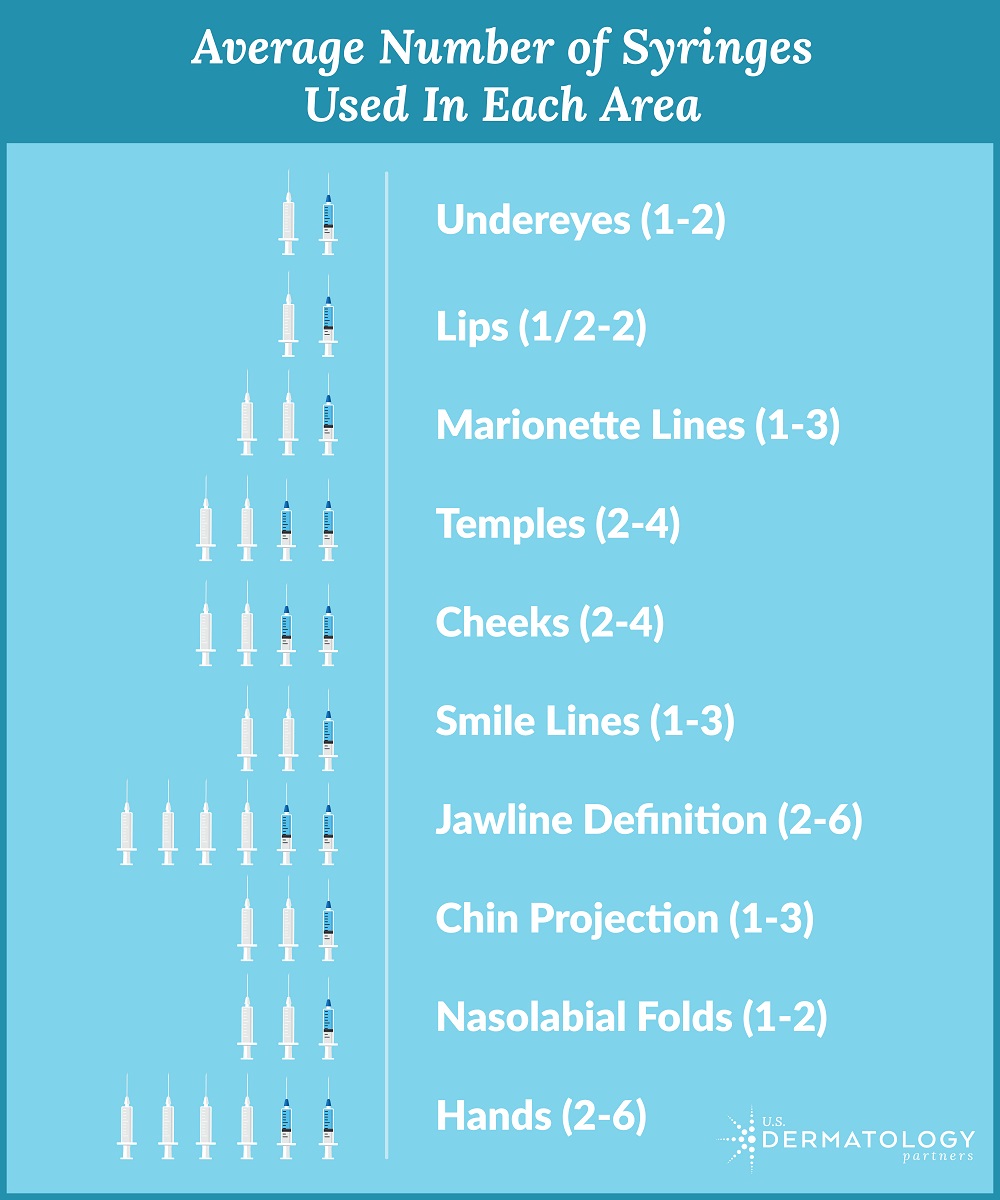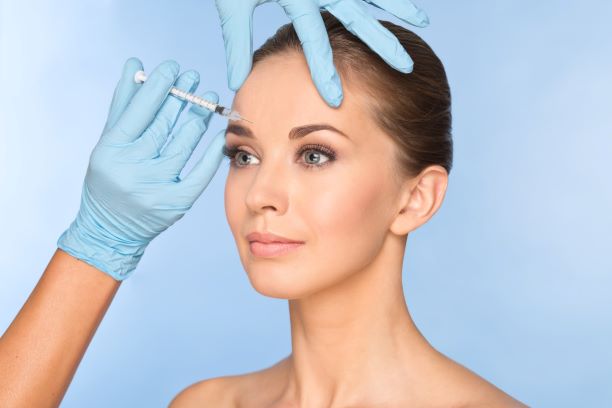We all want to keep our youthful appearance as long as possible, but when it comes to cosmetic dermatology solutions like Botox, you may find yourself wondering, “Is it really worth the investment?” According to Dr. Jennifer Holman of U.S. Dermatology Partners’ Center for Aesthetic and Laser Medicine (CALM Tyler) in Tyler, Texas, “Many patients worry that they’ll make the time and financial investment in a neurotoxin treatment like Botox, and it will only last for a short time. When you work with one of our dermatologists who understands skin health and knows how to create effective treatment plans, you can look forward to longer-lasting results and an ongoing care plan that keeps you looking your best while safeguarding your budget.” Keep reading to learn more about creating an effective Botox treatment and maintenance plan with Dr. Holman and the other skilled dermatologists at U.S. Dermatology Partners.
What is Botox?
Botox is a brand name for a cosmetic dermatology treatment that uses botulinum toxin to reduce the appearance of fine lines and wrinkles by reducing unnecessary facial movements that contribute to the production and maintenance of lines and wrinkles on the face. According to Dr. Holman, “Botox was actually developed for therapeutic uses. Because the neurotoxin can be used to stop involuntary muscle movements, it was utilized in treating spasms and injuries. The secondary usage for cosmetic purposes was discovered by accident. As medical professionals treated eye muscle disorders using Botox, they started to notice their clients were showing fewer wrinkles. It’s quickly shifted from a secondary usage in the last several decades to being the most common use for Botox with millions of people receiving Botox neurotoxin injections each year.”
How Does Botox Work?
Botox is a conservative cosmetic solution to address fine lines and wrinkles that is approved for use in adults who are in good physical health and do not have a history of neuromuscular disease (like multiple sclerosis). Additionally, the use of Botox is not recommended for pregnant or nursing mothers. According to Dr. Holman, “While Botox offers a minimally invasive solution to quickly improve the appearance of wrinkles and millions of people safely receive this treatment each year, that doesn’t mean it’s the best choice in every situation. Before beginning a Botox treatment plan, we’ll schedule an introductory appointment to review your case and make sure this is the right option for your specific needs.”
After an introductory session to review your case and ensure Botox is the best solution, you’ll schedule your treatment session, which is usually completed in less than 30 minutes. During the treatment session, you’ll receive several injections. Each injection targets and relaxes specific muscle areas. Botox has been approved to diminish the appearance of frown lines, crow’s feet, forehead creases, and other common types of age-related lines and wrinkles. The needles used for Botox injections are an extremely fine gauge, so you should have very little discomfort during treatment and minimal swelling, bruising, or discomfort after.
Because you’ll be working with a skilled dermatologist who has years of training and experience in skin health, you can rest assured that they have the necessary knowledge to target the correct groups of muscles to safely, effectively address your concerns. Dr. Holman says, “Dermatologists have medical training and experience with skin health concerns of all kinds. We understand how your skin impacts the health of the body and vice versa. A cosmetically trained dermatologist can use that knowledge to create an effective Botox plan that doesn’t put you at risk of ending up with a ‘frozen’ face or other risks often associated with this treatment. More and more people are offering Botox and other neurotoxin treatments. But unlike a skilled dermatologist, medi-spas and other non-clinical practices that offer Botox may not have the same training in anatomy or be able to handle complications that may arise. At the end of the day, a cosmetically-trained dermatologist is the most qualified to offer these services.”
How Long does it Take for Botox to Work?
Most people will start to see improvement within 48 hours after their Botox session, and the full effects of treatment can be seen after 7 to 10 days. If you don’t see any change after two weeks or you’re continuing to experience negative effects of Botox, like swelling or bruising, you should contact your dermatologist for a follow-up.
What’s the Difference Between Botox & Other Neurotoxins?
According to Dr. Holman, “There are many different neurotoxin brands, and people often think that they are all the same, but actually, each type of neurotoxin injection has a specific usage recommendation.” U.S. Dermatology Partners offices typically offer Botox, Dysport, and Jeuveau neurotoxin injections. Dysport is very similar to Botox, but it uses smaller proteins that are less likely to be rejected by the body. Dysport is proven effective in helping individuals decrease the appearance of stubborn vertical lines and wrinkles between the eyes. Jeuveau, the newest available neurotoxin, is quite comparable to Botox in almost every way including similar protein size and structural characteristics. Your dermatologist will make recommendations about which type of neurotoxin is best suited for you based on your medical history and specific desired results.
Related: A Guide to Neurotoxins for Beginners
Will I Need Botox Retreatment?

How long does Botox last around the eyes?
You’ll likely see the desired results from your Botox injections around the eyes within just a few days to a week. Once the muscles have relaxed, your results will last for about three to four months.
Individual factors that influence the frequency of retreatment for Botox around the eyes include:
- Age
- Severity (depth, length, number) of wrinkles
- Additional skin health issues (eczema, sun damage, etc.)
- The frequency of eye movements (conscious and unconscious)
- Wearing glasses, piercings in the eye area, and other outside sources of strain to the eye muscles
How long does Botox last on the forehead?
Botox treatment of the forehead will usually last about the same amount of time as neurotoxin injections to other areas. However, wrinkles in the forehead tend to be deeper, which may make them more difficult to address even with regular Botox retreatment. For best results, individuals with deep forehead lines and wrinkles may want to combine other cosmetic dermatology treatments such as laser resurfacing with Botox. This may extend the results of Botox injections and improve the overall results.
Discuss Botox with a Skilled Dermatologist at U.S. Dermatology Partners
If you’re interested in learning more about Botox or other cosmetic dermatology solutions, you can use our scheduling request form to get started. Once we receive your request, a team member will be in touch to verify your details and schedule your consultation appointment.
Find a location near me
or


